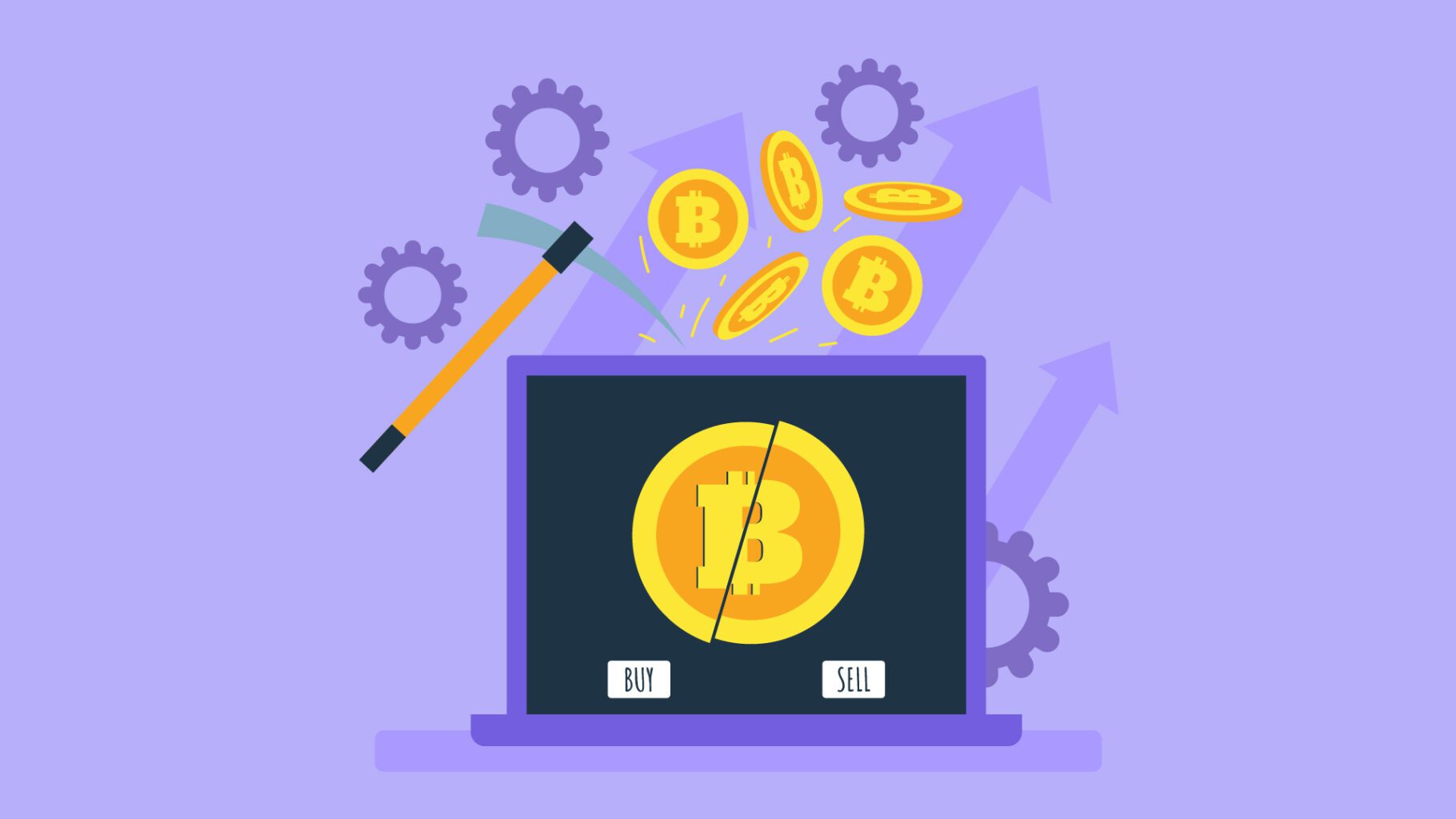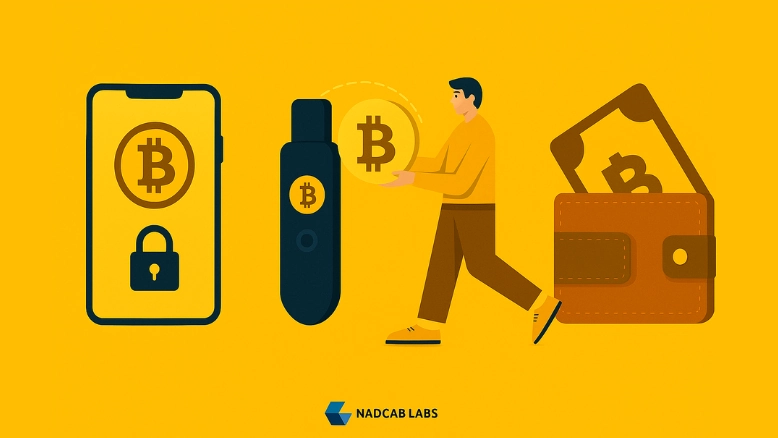
Cryptocurrency is often seen as a complex topic, but let’s simplify it together. Think of a valuable natural resource, such as gold. Each year, mining companies find it harder to extract gold from the earth because the easily accessible reserves are already gone. As this resource becomes scarcer, its value goes up in the market. Bitcoin follows a similar principle; instead of digging in the ground, computers solve digital puzzles to release new coins. The process of halving the quantity of new Bitcoins that are available is known as Bitcoin halving.
In this blog, we will explain what Bitcoin halving means, why it happens, and how it affects both price and mining. By the end, you will understand why this event is so important for investors, miners, and the whole cryptocurrency ecosystem.
What is Bitcoin Halving?
In 2009, Satoshi Nakamoto created the digital currency known as Bitcoin. Governments don’t print it like they do traditional currency. Actually, mining is the process that generates new Bitcoins.
To solve difficult problems and validate transactions on the Bitcoin network, miners use powerful computers. Miners are compensated in Bitcoin for each block of transactions that is successfully validated.
Here is where halving is useful. The miners’ reward is reduced by half almost every 4 years, or every 210,000 blocks.
For example
- Miners were given 50 BTC for each block in 2009.
- The reward dropped to 25 BTC in 2012.
- It reached 12.5 BTC in 2016.
- It halved once more to 6.25 BTC in 2020.
The reward will drop to 3.125 BTC with the next halving, which is expected in 2024.
Until all 21 million Bitcoins have been mined, which is expected to occur around 2140, this cycle will continue.
Why Does Halving Happen?
The Bitcoin code itself includes the halving procedure. It attempts to approximate the scarcity of expensive materials, like gold. By limiting supply, Bitcoin aims to remain stable and possibly rise in value over time.
Think about it in this manner: If mining gets more complicated every year, the market’s limited supply of gold will sell for a higher price. Similarly, the value of existing Bitcoins begins to increase when fewer new ones are mined.
Impact on Mining
Miners, the backbone of the network, are greatly impacted by the halving of Bitcoin.
Lower Reward: For doing the same amount of work, miners get fewer Bitcoins. Because of this, mining becomes less profitable, especially for newer miners.
Higher Competition: The only miners who can remain profitable are those who have more efficient devices with less expensive electricity. Others might be driven to stop mining.
Network Security: In spite of all these difficulties, mining is still necessary for confirming transactions and keeping the blockchain secure.
After a halving, mining becomes more difficult but also more advanced, with large-scale mining farms setting the standard.
Impact on Price
The price is where most people are worried.
The supply entering the market slows down when the halving of Bitcoin lowers the quantity of new coins produced. If demand stays the same or increases, prices typically rise.
2012 Halving: The price went from around $12 to more than $1,000 in a single year.
2016 Halving: The price increased from $650 to nearly $20,000 by the end of 2017.
2020 Halving: In 2021, Bitcoin reached an all-time high of almost $69,000, having risen from about $9,000.
Even though history cannot predict the future, the pattern indicates that after each halving, prices increase due to scarcity.
Historical Halvings and Their Outcomes
- First Halving (2012): Bitcoin moved from a testing asset to a trustworthy digital investment due to early adopters.
- Second Halving (2016): Raised awareness by spreading Bitcoin news all over the world.
- Third Halving (2020): Confirmed Bitcoin’s status as “digital gold” and attracted massive institutional financing.
Miners and investors both are looking forward to the next halving to see if the trend continues.
Future Predictions
According to analysts, the price of Bitcoin is going to be significantly impacted by the future halving. Although exact numbers are impossible to predict, the combination of rising demand and limited supply raises the possibility of another significant Bitcoin rise in the years after the halving.
In order to stay profitable, miners will need to embrace more energy-efficient practices and modern technologies. It is expected that businesses investigating more complex blockchain use cases, like private blockchain development, will help to improve the sustainability and efficiency of blockchain ecosystems.
Broader Significance
Bitcoin halving affects more than just mining and price. It also highlights how technology, independent of centralized institutions like governments or banks, can establish systems of scarcity and equality. Bitcoin’s unique appearance attracts people all over the world, from regular users to major institutions, and it also encourages ongoing improvements in blockchain software across industries.
Moreover, public interest in Bitcoin and cryptocurrencies in general is frequently sparked by halving events. Discussions in financial circles intensify, new investors join the market, and the event itself marks a turning point in the development of digital currency. For many, the halving serves as a reminder of Bitcoin’s unique features, such as its decentralized structure and fixed supply, rather than simply a technical update.
Final Thoughts
In summary, the Bitcoin Halving is a significant event that occurs every four years and results in a halving of mining rewards. As a result, there are fewer new Bitcoins entering the market, increasing their scarcity and frequently their value.
Although it means less money and more competition for miners, it also keeps the network safe and robust. In the past, halving has been associated with significant price increases and increased interest in Bitcoin for both businesses and investors.
Reviewed By

Aman Vaths
Founder of Nadcab Labs
Aman Vaths is the Founder & CTO of Nadcab Labs, a global digital engineering company delivering enterprise-grade solutions across AI, Web3, Blockchain, Big Data, Cloud, Cybersecurity, and Modern Application Development. With deep technical leadership and product innovation experience, Aman has positioned Nadcab Labs as one of the most advanced engineering companies driving the next era of intelligent, secure, and scalable software systems. Under his leadership, Nadcab Labs has built 2,000+ global projects across sectors including fintech, banking, healthcare, real estate, logistics, gaming, manufacturing, and next-generation DePIN networks. Aman’s strength lies in architecting high-performance systems, end-to-end platform engineering, and designing enterprise solutions that operate at global scale.





